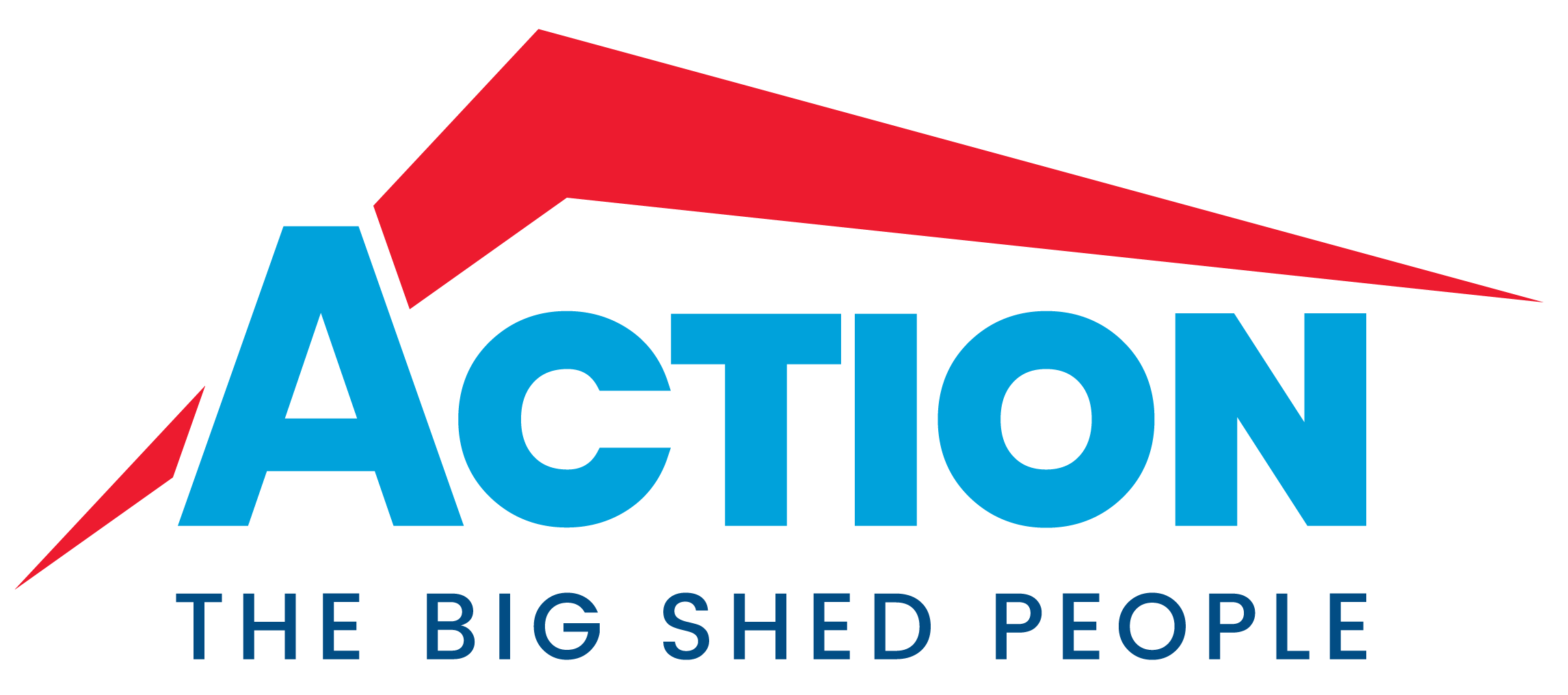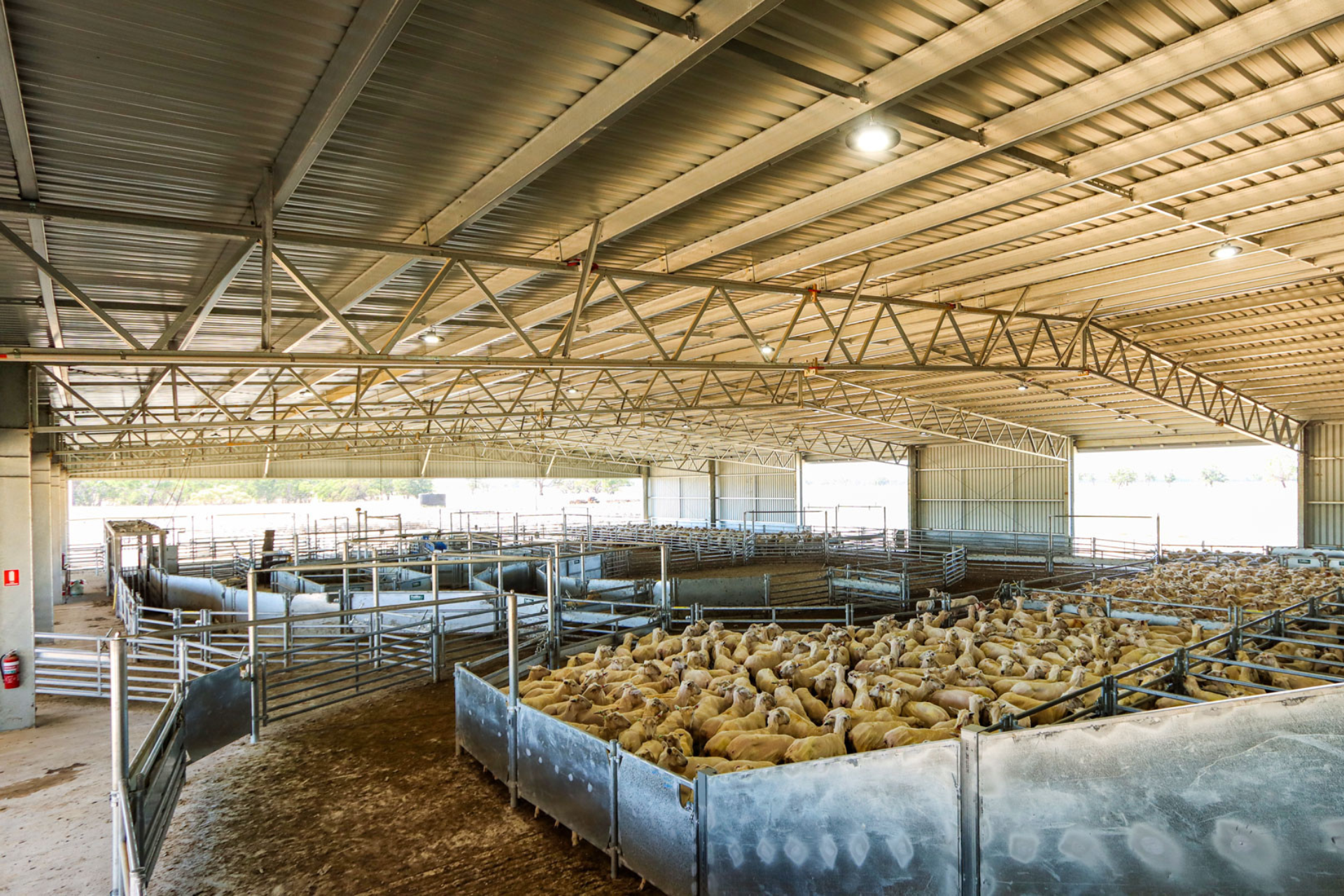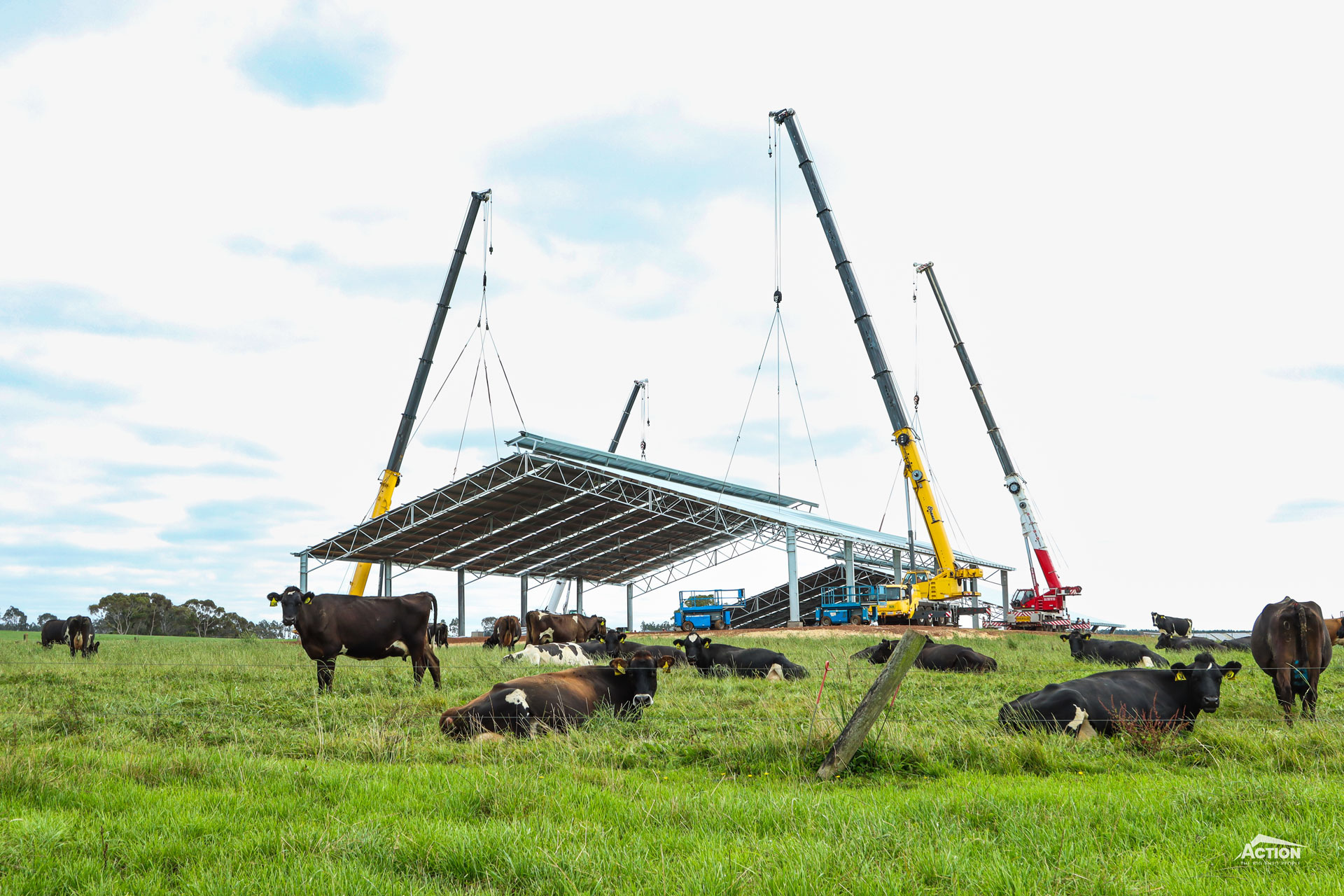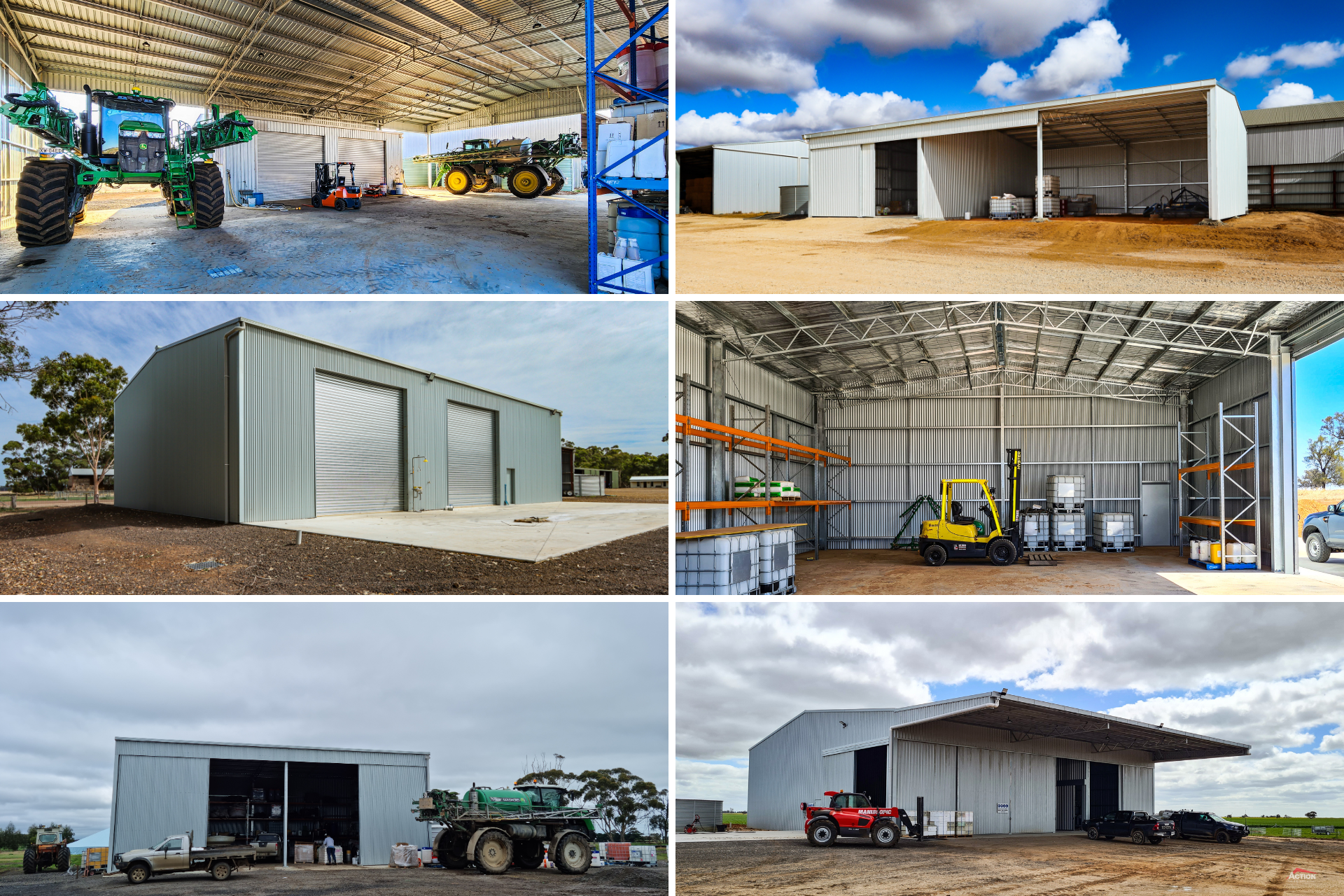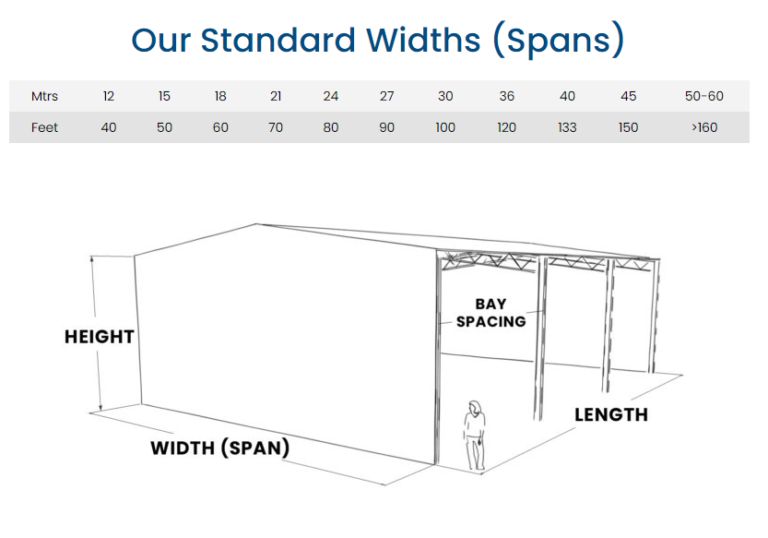At some point during harvest, with long working hours and a lack of sleep, you have more than likely wondered how to manage fatigue at harvest.
Harvest is often the busiest and most stressful time of the year, and a combination of high-pressure, time-bound tasks with factors like long working hours creates a high-risk environment for injuries, accidents and close calls.
People are essential to keeping the harvest system going and workers need to be healthy and rested so they can work safely and efficiently. Key to this is fatigue management; understanding what fatigue is, what causes workers to be fatigued and taking steps to minimise the risk.
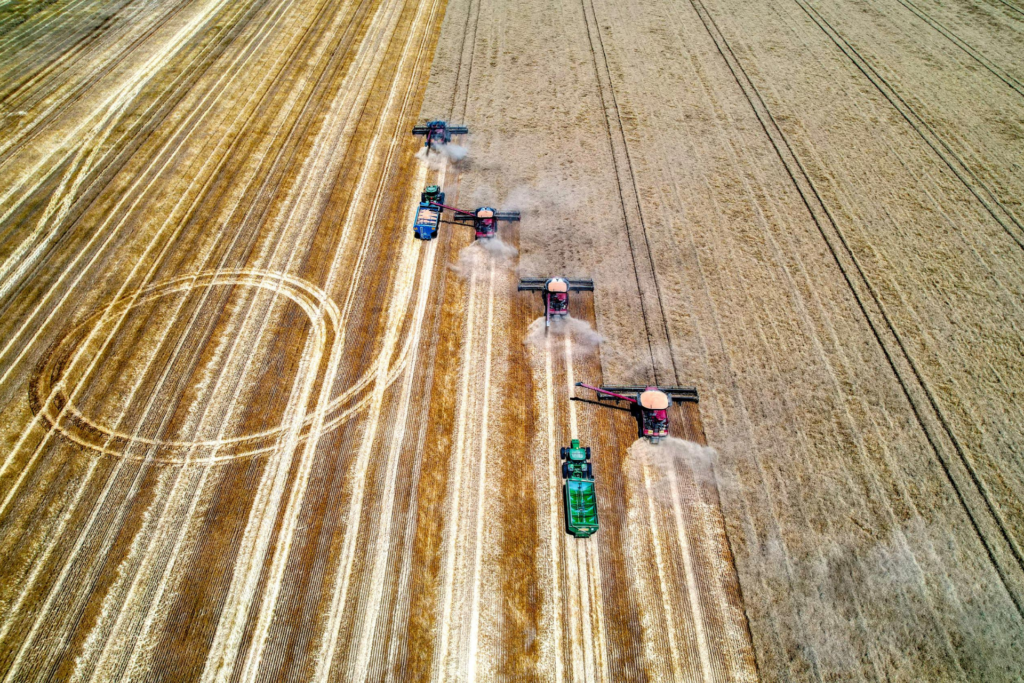
What is fatigue?
Fatigue is defined as “an acute and/or ongoing state of tiredness that leads to mental or physical exhaustion and prevents people from functioning within normal boundaries.”
Causes and symptoms
Common causes of fatigue can be work-related and non-work-related factors, or a combination of both.
Keep reading to learn more about the different causes and symptoms of fatigue.
Work-related causes can include:
- Boredom
- Excessive noise
- Extreme temperatures
- Insufficient recovery time between shifts or rest breaks
- Irregular roster patterns, or poorly planned work schedules
- Mentally or physically draining tasks such as repetitive tasks that require high levels of concentration
- Timing of shift work which disrupts the internal body clock – also known as a circadian rhythm or cycle
- Working alone, isolated from others
Non-work-related causes can include an unhealthy diet or medical conditions.
Overall, the main cause of fatigue is a lack of sleep, and a cycle of fatigue can be created if workers are not allowed adequate time to recover or rejuvenate.
To recognise signs of fatigue in yourself and your workers, make yourself familiar with the common symptoms of fatigue – and remember there are symptoms in others that you will not be able to see. Therefore, it is important to foster a workplace culture that encourages workers to voice how they feel.
Immediate symptoms of fatigue can include:
- Aching and weak muscles
- Blurred vision
- Constant yawning
- Difficulty concentrating, distracted from the task at hand
- Dizziness
- Drowsiness, falling asleep while working
- Headaches
- Low energy
- Poor decision making
- Reduced hand-eye coordination and slow reflexes and reaction
- Short-term memory problems such as difficulty remembering events
- Slow to recognise risks and hazards, not aware of surroundings
- Trouble controlling emotions, easily irritated
- Unmotivated
Some long-term effects of fatigue can include heart disease, high blood pressure and anxiety.
These symptoms all contribute to an increased risk of workplace accidents and injury. Read on for tips on how to manage fatigue and minimise risk.
How to manage fatigue at harvest and minimise risk
For employers and owners, it’s your duty to use a risk management approach to manage fatigue, as outlined in the Work Health and Safety Act 2011.
Safety is really everyone’s responsibility though, and it is important that workers, contractors and owners all work together to manage fatigue.
Some ways to manage fatigue at harvest include:
- Communicate! Have a reliable communication system to check in with your workers to see how they are going, and how they are feeling.
Encourage workers to regularly check in with family, friends and co-workers particularly if they are working alone or in an isolated area.
- Eat regular, healthy meals and stay hydrated.
Avoid foods that provide a quick, short term energy boost i.e., chocolate bars, but leave you feeling lethargic afterwards.
Drink water, especially during hot weather.
- Encourage workers to self-asses their fatigue and take a break if they become tired while working or are too tired to perform a task.
Taking a break could include having something to eat or drink, 5 minutes of stretches, or a 15-minute power nap.
- Prioritise sleep
Taking time to relax and unwind before going to bed can also improve the quality of your sleep.

- Plan tasks well ahead of time
Outline start and finish times, set a maximum time for a working day or week, and have all the required equipment in good working order before the task is due to start. Minimising maintenance downtime reduces stress and pressure to meet already short deadlines.
Roster extra help for high demand periods.
- Rotate tasks
Rotate tasks for variety and during hot weather so that workers have time in the shade, or air conditioning in the hottest parts of the day.
Useful Resources
Fatigue management – a worker’s guide
Grain Harvest Management Scheme Guidelines
Safe Ag Systems Fatigue Self-Assessment Checklist Template
Safe Work Australia’s Guide for managing the risk of fatigue at work
It is important to tailor your fatigue management plan to suit your farming operation and your workers. We hope these tips and suggestions help you review and improve your fatigue management.
For more articles like this, browse our Learning Hub. Stay safe!
